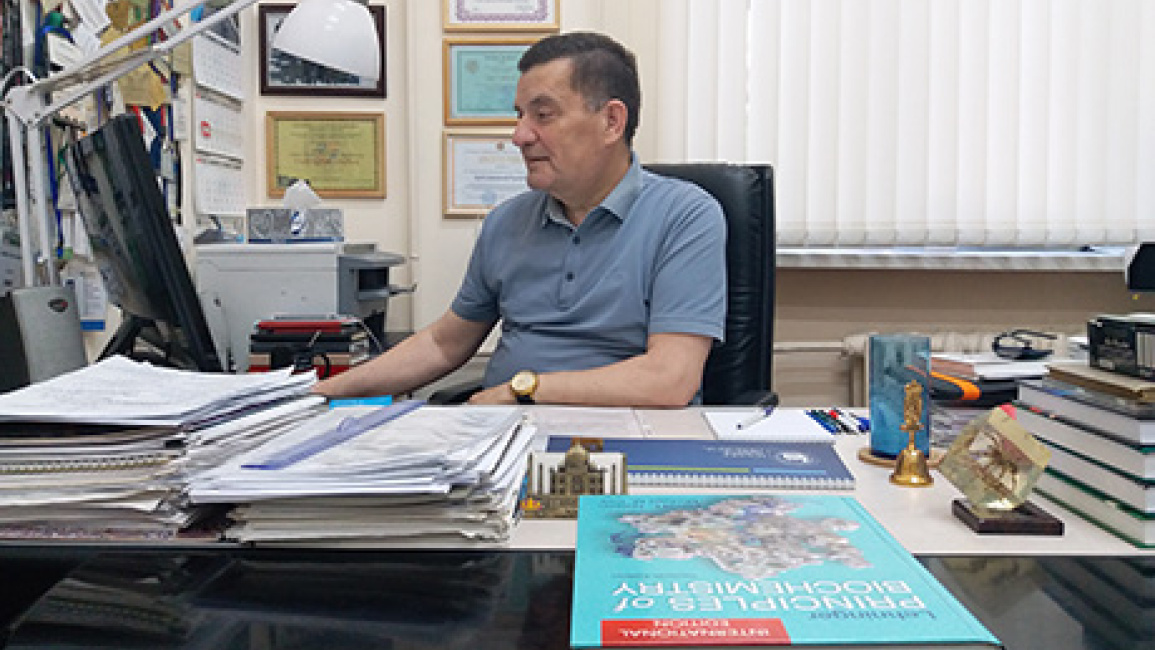- Main
- Node
- REDOX REGULATION OF ACTIVITY OF MICROBIAL OXIDOREDUCTASES USED IN BIOELECTROCHEMICAL DEVICES
May 15, 2019 | 12:14
Science
REDOX REGULATION OF ACTIVITY OF MICROBIAL OXIDOREDUCTASES USED IN BIOELECTROCHEMICAL DEVICES
Currently the energy supply mainly depends on fossil fuels, which leads to a great extent for greenhouse gas emissions and global temperature increase. Another problem is the generation of different industrial and agricultural waste products in huge amounts. Effective utilization of these products could lead both to waste treatment and cost-effective energy production.

In this respect, it is necessary to seek for an alternative energy resource. Bio-electrochemical (biological fuel cells) systems can generate an electricity by using microorganisms or enzymes, as biocatalysts. The coupling of electricity generation to utilization of waste materials containing glycerol and lignocellulose may simultaneously provide both economic and environmental benefits.
The main mechanism of biological fuel cell operation is based on conversion of chemical energy into electricity by combining hydrogen and oxygen conversion to produce electricity, heat, and water.
Currently the research group of Prof. Trchounian at the Department of Biochemistry, microbiology and biotechnology successfully performs joint project with the Group of Laboratory of enzymes, Institute of Microbiology, NAS Minsk, Belarus. The goals of the new project of Prof. ArmenTrchounian’s entilted “Redox regulation of activity of microbial oxidoreductases used in bioelectrochemical devices” will be focused on the acivity stimulation of already screened microbial oxidoreducases and optimization of the bioelectrochemical system. Waste materials will be used for microbial cultivation, which will support economical generation of both electricity and fuel (hydrogen). During the project, joint study visits of members of both groups are planned.
This research is of great importance as will promote the research and development of Biological fuel cell technique in Armenia and region.

